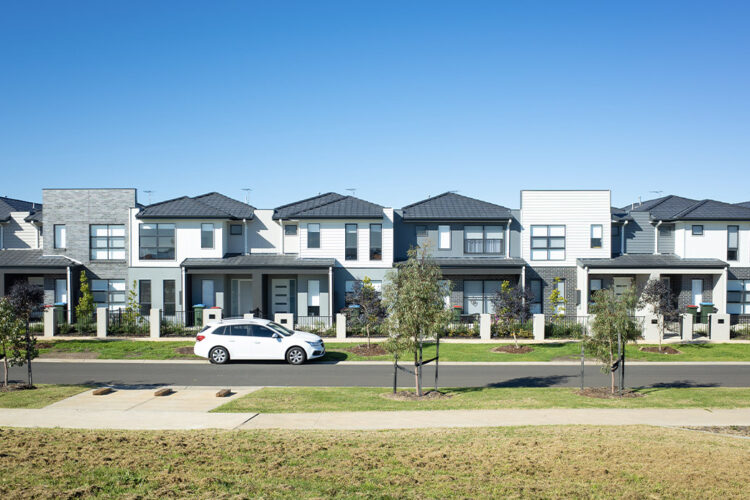Despite the value of new mortgages falling from record high levels earlier in 2022, refinancing has held strong, hitting its second highest level on record.
The latest Lending Indicators data released by the Australian Bureau of Statistics (ABS), has revealed that refinancing activity in December 2022 totalled $19.1 billion.
While the value of total housing loan refinancing between lenders fell 1.5 per cent on November figures, it still remains the second-highest level on record.
Head of finance and wealth at ABS Sean Crick said: “Recent months saw record high refinancing activity for both owner-occupiers and investors. Borrowers continued to switch lenders for lower interest rates as the RBA’s cash rate target rose.”
While refinancing activity rose, the month of December 2022 saw the value of new housing loan commitments continue to decline.
New mortgages fell by 4.3 per cent to $23.4 billion, from record high levels seen earlier in the year. The value of new home loans has fallen each month since January 2022, when a record $33 billion in new mortgages were recorded.
HIA chief economist Tim Reardon stated: “The ABS released the Lending to Households and Businesses data for December 2022 today, and it shows that there were just 4,797 loans issued for new housing, the lowest level since November 2012.”
“Lending for new homes is now down by 62.4 per cent since its peak in January 2021.
“It is concerning that this downturn to date doesn’t reflect the full impact of the RBA’s rate hiking cycle of 2022.
“There are significant lags between a change in the cash rate and its impact on the economy,” Mr Reardon added.
Owner-occupier and investment loans fall
New investor loan commitments fell 4.4 per cent to $7.9 billion, while new owner-occupier loan commitments fell 4.2 per cent to $15.6 billion. Comparatively, these were 28.3 per cent and 29.8 per cent (respectively) lower than a year prior.
The number of new loan commitments to owner-occupier first home buyers (FHB) declined to 7,646 in December 2022 (a 4.2 per cent fall).
FHB loans in December were 53 per cent lower than the January 2021 peak, and 20 per cent lower than the February 2020 pre-COVID level.
December 2021 saw a jump in new owner-occupier mortgages which rose by 4.4 per cent from November 2021, which brought housing loans to $1.3 billion to what was a record high totalling $32.8 billion.
“In December 2022, the value of total new housing loan commitments was 23 per cent higher than the level seen in February 2020, prior to the COVID 19 pandemic,” Mr Crick said.
“In December 2021, the value of these commitments was 74 per cent higher than the pre-pandemic level,” he added.
Commenting on the decline in investment activity, Propell managing director Michael Pell said this sharp reduction was set to push rents even higher over the next few months.
“The volume of new investors has fallen off a cliff because of the rising interest rate environment preventing many from accessing finance at a time when our rental markets are critically undersupplied,” Mr Pell said.
“Analysis of the latest official lending data also found that the number of new investor loans had been steadily increasing from the low point in May 2020 until about June last year, which is when the current investment downturn began.”
Personal and business finance
New loan commitment values for fixed term personal finance declined 2.8 per cent, mainly driven by a 1.6 per cent drop in road vehicle loans.
However, lending for the purchase of household goods rose 0.8 per cent to another record high, while travel and holiday lending rose to 11.2 per cent, hitting the highest levels since late 2018.
In regards to business finance, construction finance rose 99.4 per cent after a decline of 62.9 per cent in November 2022 while purchase of property fell 6.1 per cent after a 0.5 per cent drop in November.Mr Reardon stated: “Lending for the purchase and construction of a new home has fallen to its lowest level since 2012, even before the full impact of last year’s cash rate rises take hold.”


